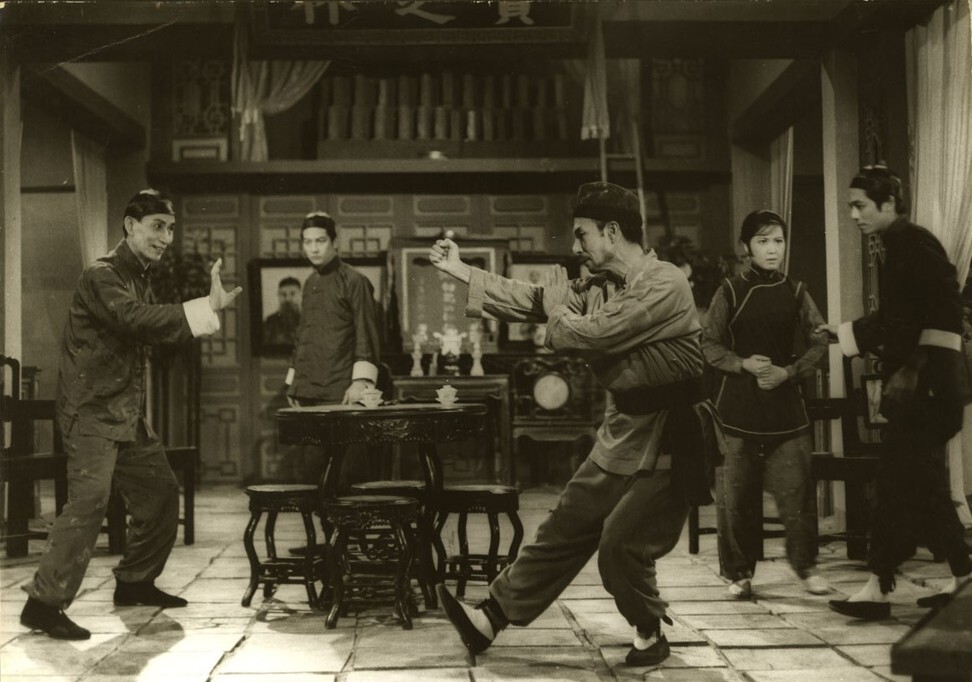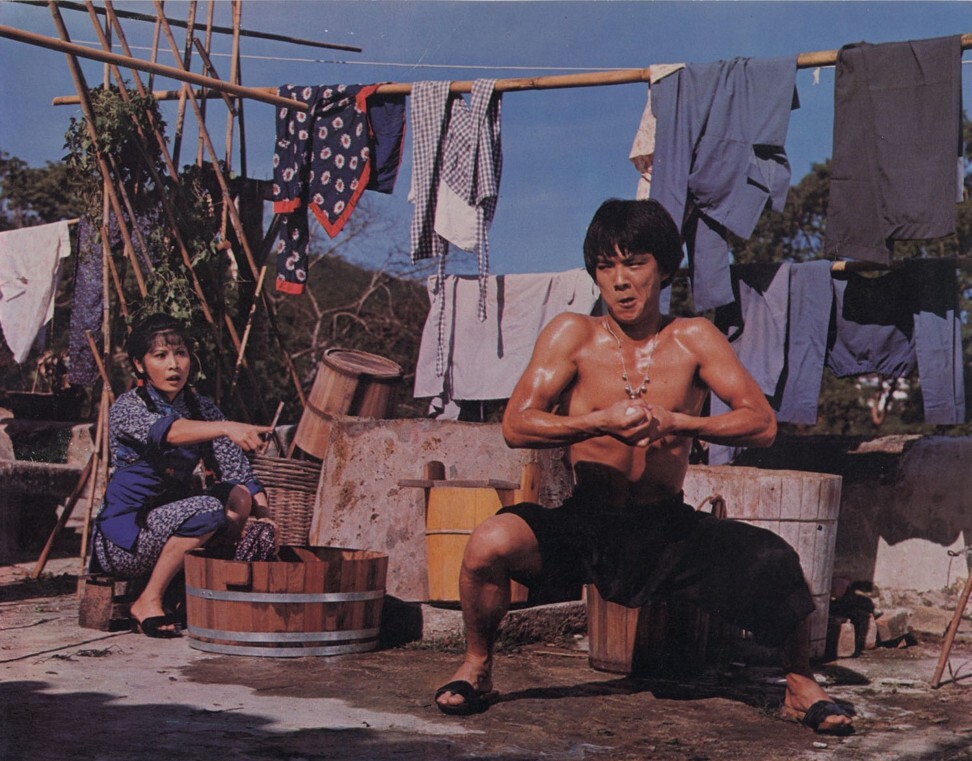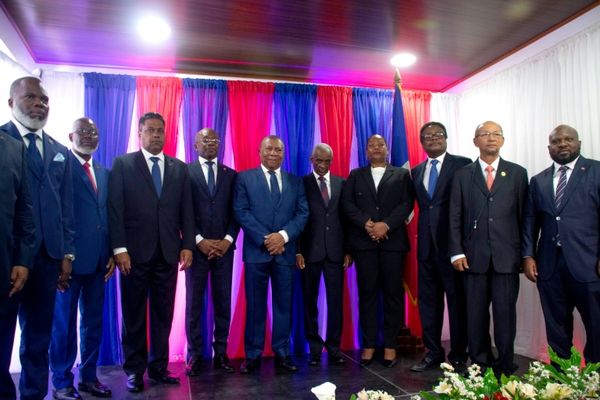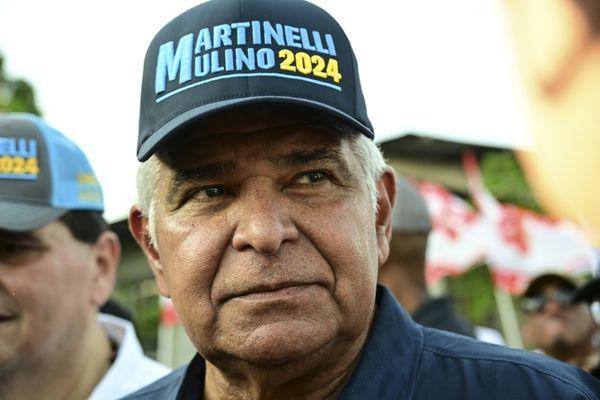
Most film fans today tend to associate Jet Li Lianjie with legendary martial artist Wong Fei-hung, after Li’s career-defining performances as the real-life character in the works of Tsui Hark during the 1990s. But to earlier generations, martial arts expert and actor Kwan Tak-hing, who died in 1996, is the embodiment of Wong Fei-hung.
Kwan – who reportedly looked like Wong and shared his serene disposition – portrayed him in around 80 films, and the actor became so synonymous with the character that he would sometimes identify himself as Wong in public.
The Wong Fei-hung film series, which began in 1949, is the longest film series in the world. Kwan portrays Wong, a martial artist who lived in Guangdong, then called Canton, in southern China in the second half of the 19th century, and was also a well-regarded doctor and herbalist, as an honourable man steeped in Confucian values. Wong would only resort to fighting when there was no other option.
“Wong fights for justice and Confucian values,” says film expert Roger Garcia, former director of the Hong Kong International Film Festival. “He is a hero of the common people, and that helped his popularity among audiences, especially in Hong Kong, where viewers were mainly working class.”
Wu Pang, who directed 57 Wong Fei-hung films, got the idea for the film series while reading a newspaper article about Wong on the Star Ferry that plies Hong Kong’s Victoria Harbour. He went to great lengths to ensure that the martial arts scenes were authentic.

Wong Fei-hung formalised the southern martial arts style of hung ga, and Wu depicted the style in the raw, without using wirework, or acrobatic techniques borrowed from northern styles or Peking Opera.
The films also serve as an authentic document of Cantonese culture. Lion dances are frequent, and there are tea houses, folk songs, firecrackers, and dragon boats.
“This strong regional flavour, including of course the lively and vivid Cantonese dialect, clearly distinguishes these films from productions from mainland China and Taiwan,” writes Yu Mo-wan in his comprehensive 1980 essay The Prodigious Cinema of Wong Fei-hung.
“Few Hong Kong films have succeeded in embodying or reflecting the regional sensibility to the degree accomplished by the Wong Fei-hung series.”

Martial arts films made before the New Wave of the late 1960s are often called staid, but that’s certainly not true of 1949’s The Story of Wong Fei-hung, Part One: Wong Fei-hung’s Whip that Smacks the Candle, the first film in the series.
The action is fresh and exciting, and there are some impressive stunts. Some free jumps and falls from a balcony, for instance, remind the viewer of those in Jackie Chan’s years later.
The story is gripping. Wong and the members of his Po Chi Lam martial arts school rescue a woman who has been kidnapped by her husband’s boss – and strung up in a room full of snakes – while a second storyline features his student Leung Foon (Tso Tat-wah) trying to avenge an insult by a rival sifu.
The film ends on a cliffhanger, and the story continues in the second film of the series, which has survived only partially intact.

The philosophical framework for the entire series is set out in part one. In the first scene, Kwan as Wong establishes his reputation as a peacemaker rather than an aggressor by breaking up a fight at a lion dance.
Back at his martial arts school, he instructs his pupils that the main purpose of martial arts is for personal, mental, and physical development – so that the exponents can “help the country” – and they should not use their skills to fight until reasonable discussion has failed. He also gives a lesson on his martial lineage, which sticks to the known facts about Wong’s life.
Wong also shows his purity of mind by resisting the sexual advances of an adoring young woman. In spite of these peaceable concerns, the concept of face is paramount, and after much provocation, Wong decides he must fight to uphold the honour of himself and his school.

Along with the lion dance that begins the film, there is a performance of a dragon boat song by Zhang Feifei, a famous Cantonese opera comedian.
Dotted among the action scenes – which feature Kwan wielding the Eight Hexagram Rod and fighting with a staff – are some exhibition-style demonstrations of hung ga martial arts forms, including the “Iron Thread” set of moves.
Kwan, who ran a martial arts school in Hong Kong’s North Point neighbourhood in the late 1970s, was “a genuinely expert martial artist, and the originator of the Omnidirectional Gangrou Fist”, wrote a local critic in 1980.
“He is a master of the White Crane school, but his first training was in Hung-fist.” Kwan was also an expert lion dancer and performed many of the lion dances in the films.

The authentic nature of the martial arts proved a big draw at the time. Martial arts films prior to the series – mainly wuxia films rather than kung fu films – stressed fantasy and used crude special effects, which sometimes included scraping images directly on to the celluloid. The Wong Fei-hung films looked much different to audiences.
“The kung fu practised in the Wong Fei-hung films is real kung fu,” says Garcia. “For that reason, some of the films – which feature the fathers of martial art choreographers and directors Lau Kar-leung and Yuen Woo-ping – can be seen as a record of southern martial arts styles.”
Lau Kar-leung appeared in some of the films himself, and the philosophy behind them, notably the idea of depicting southern fighting styles as accurately as possible on screen, was a major influence on Lau’s own work as a director.

Some of the stuntmen who worked on the films were descended from legendary martial artists such as the Ten Tigers of Guangdong, a group of fighters who could reputedly trace their lineage back to the southern Shaolin Temple, the fount of all southern martial arts styles.
This denotes an intersection between reality and fiction, as Wong Kei-ying, the real Wong Fei-hung’s father, was one of the Ten Tigers, Garcia notes.
In this regular feature series on the best of Hong Kong martial arts cinema, we examine the legacy of classic films, re-evaluate the careers of its greatest stars, and revisit some of the lesser-known aspects of the beloved genre. Read .
Want more articles like this? Follow on Facebook







